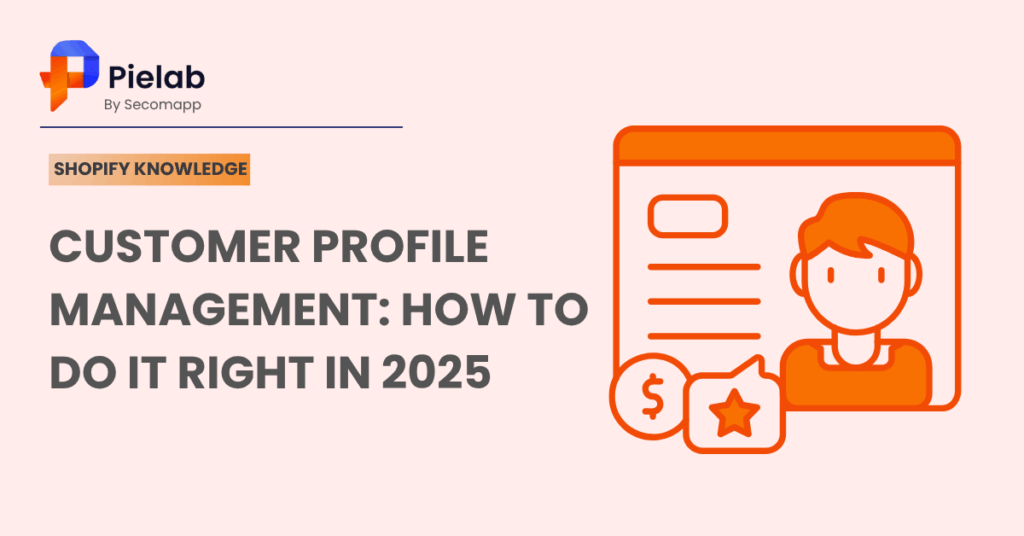Customer profile management is more than a strategy, it’s the foundation of business success in the digital era. Knowing customers’ likes, habits, and needs helps create personal experiences, meet demands, and keep loyalty strong. Using data to gain insights allows businesses to make better choices, stay ahead of competitors, and improve every interaction. This article shows how to implement it effectively to drive growth and deeper relationships.
What is customer profile management?
A customer profile is like a snapshot of everything known about a customer. It’s essentially an investigation into their interactions with your brand, preferences, and what really makes them tick. According to IBM, it contains all key information about a customer, including traits, behaviors, and interactions. Building these profiles through customer profiling means collecting demographics, psychographics, preferences, and pain points to truly understand who customers are and how to serve them best.
It goes beyond basic contact info to provide a complete picture, such as:
- Who they are: age, location, job, lifestyle
- What they care about: interests, values, personality quirks
- How they shop: buying habits, goals, motivations
- Challenges they face: pain points your product or service can solve
- How often they engage: interactions with your brand and preferred channels
- The bigger picture: their overall value to your business over time
With a clear, accurate customer profile, tailoring marketing, services, and products becomes much easier. Done right, it leads to better customer experiences and stronger business results.
Customer profile management is all about turning what you know about customers into actionable insights. By combining data from interactions, behaviors, and preferences, businesses can craft personalized experiences, create marketing that resonates, and deliver service that keeps people coming back. It’s a simple but powerful way to build loyalty, strengthen connections, and drive lasting growth.
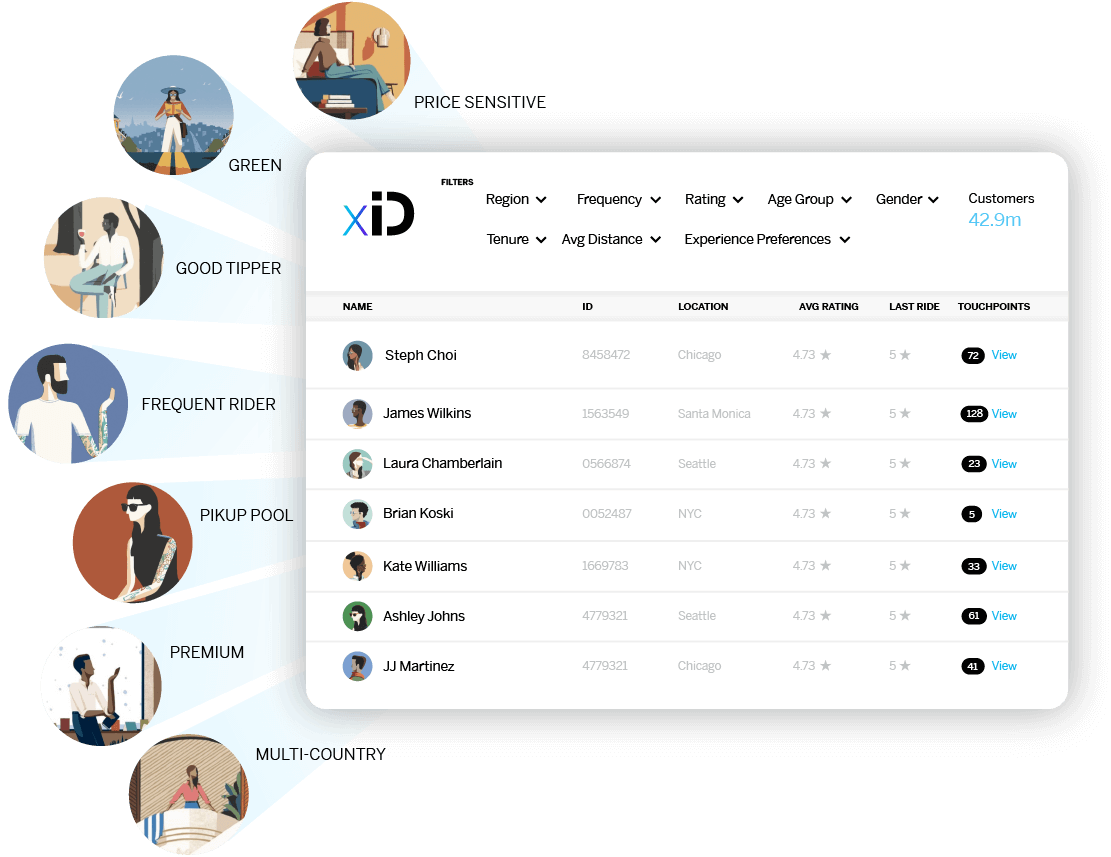
Customer profile examples
To help you build out an in-depth customer profile, here is a customer profile example that gives you a good foundation to work with.
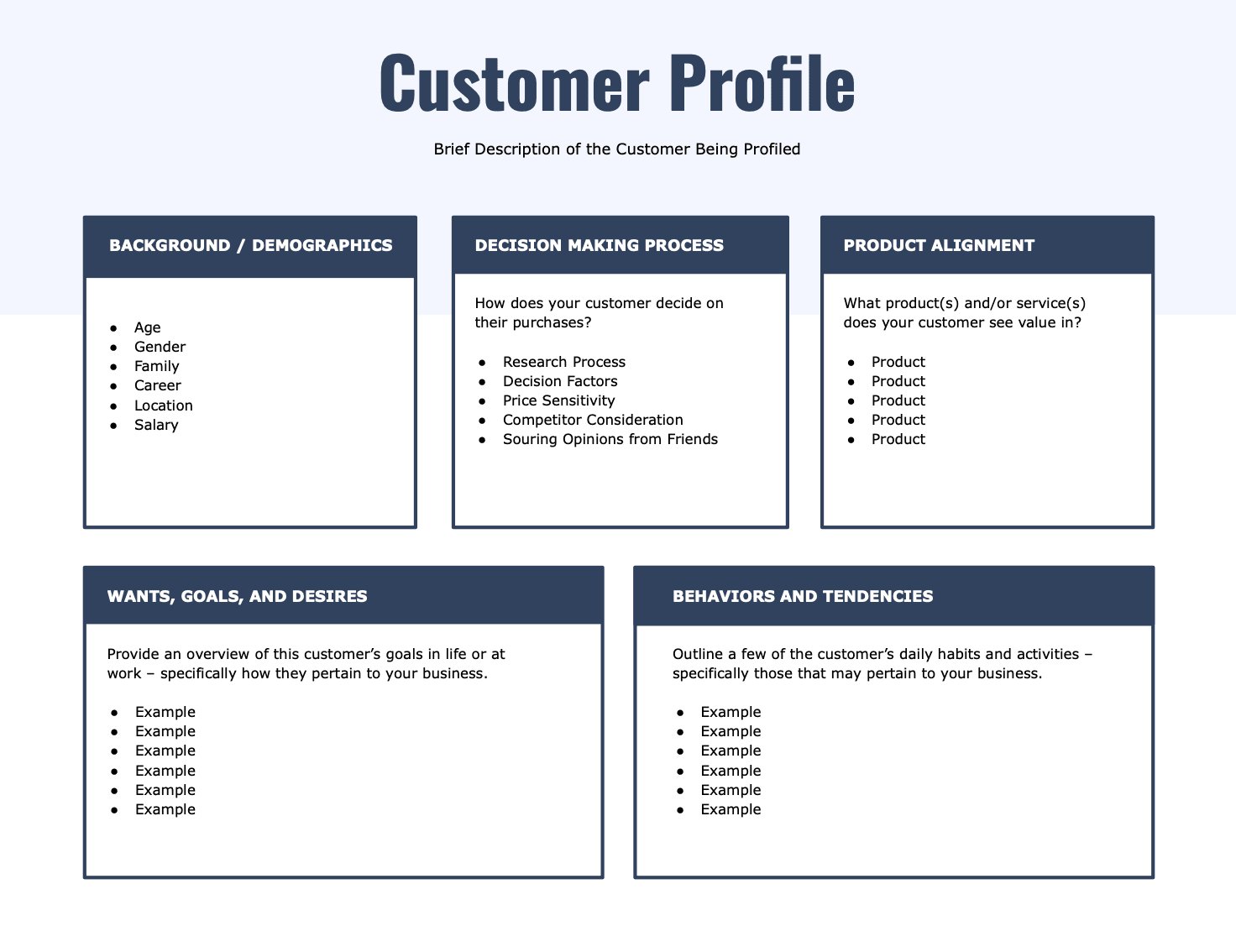
Here’s an example of a customer profile created on Qualtrics Experience iD:
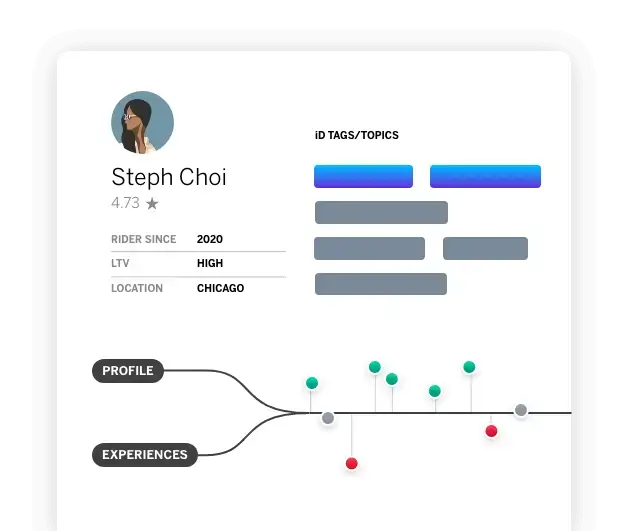
With a dynamic customer profile, you can go into more depth for each experience.
The importance of building customer profile management for business
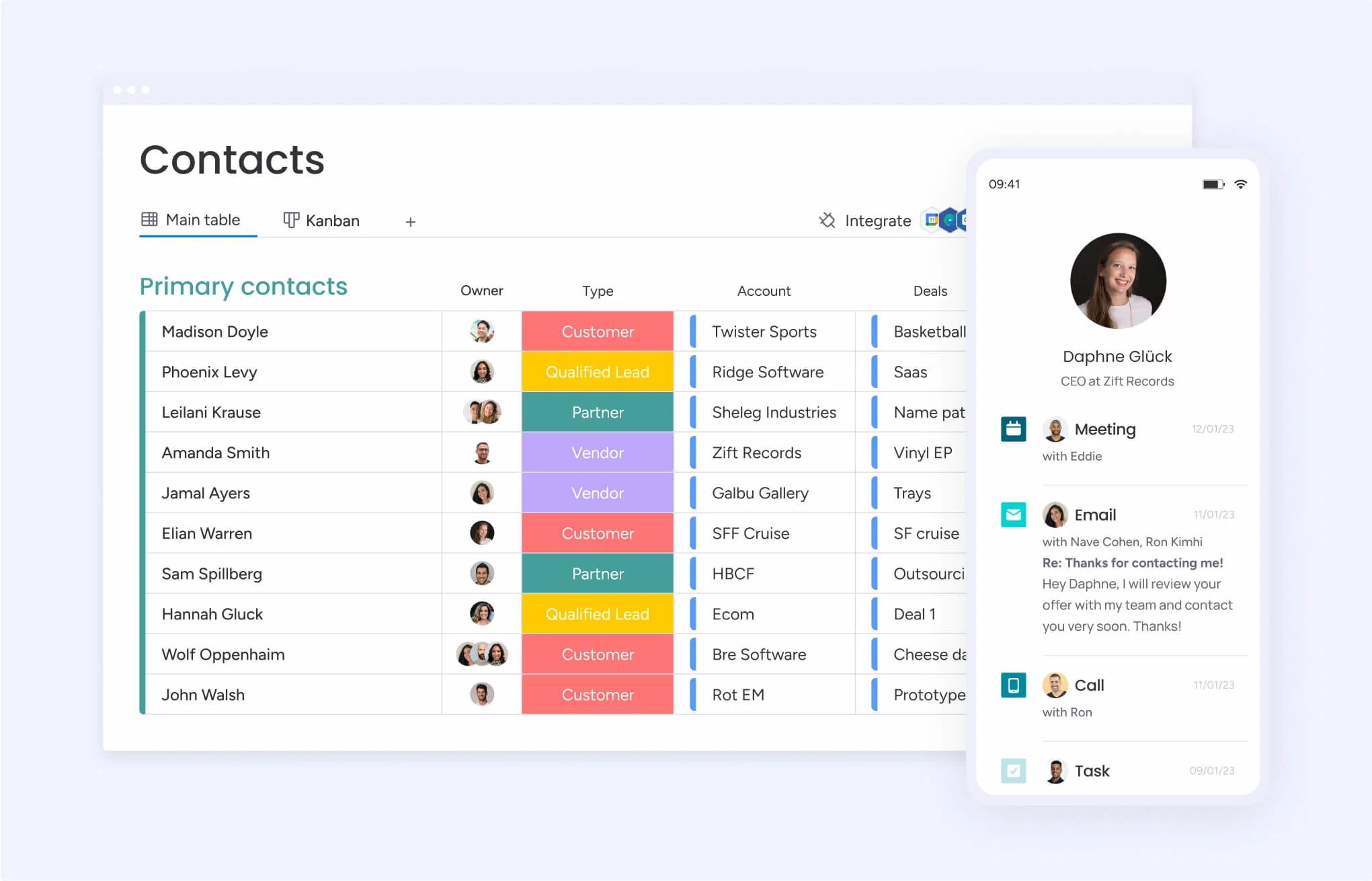
Customer profile management helps collect, organize, and use customer data to truly understand who customers are and how to serve them better. Building strong customer profile management is essential because it turns raw data into actionable insights. It allows businesses to see each customer as a unique individual, deliver experiences that resonate, and make smarter decisions that drive long-term success.
1. See the whole customer insightfully
Customers interact with your brand in many ways, such as website visits, emails, social media, chats, and stores. Customer profile management brings all this information together in one view. It helps you understand preferences, behaviors, challenges, and motivations. Each customer is treated as a real person.
2. Personalize every experience
Customers want brands to understand them. With customer profiles, you can personalize product recommendations, promotions, website content, and support. Segmenting by interest or stage ensures the right message reaches the right person at the right time.
3. Keep customers coming back
Keeping customers is cheaper than finding new ones. Profiles help spot problems, track satisfaction, and respond with care. Listening to feedback and watching behavior builds trust and long-term loyalty.
4. Make teams work better
When marketing, sales, support, and product teams share the same view of customers, everyone works together better. Teams can deliver consistent experiences and save time by using shared insights.
5. Make smarter decisions
Customer profiles help guide strategy. Data shows trends, finds opportunities, and informs pricing, products, and marketing. This insight helps businesses focus on what matters and grow with confidence.
How to Master Customer Profile Management and Build Real Connections
Managing customer profiles isn’t just about storing names and emails, it’s about understanding the full story behind every interaction. True customer profile management involves combining feedback, behavioral insights, and the right technology to create a dynamic understanding of each customer. Here’s a detailed process to do it effectively:
Step 1: Gather comprehensive customer data
The foundation of effective customer profile management is collecting the right data. Start by gathering information from all available touchpoints: websites, mobile apps, email campaigns, social media, support interactions, and in-store experiences.
Key data types include:
- Demographics: age, gender, location, income, job title, and company for B2B profiles
- Psychographics: values, interests, lifestyle, attitudes, and personality traits
- Behavioral data: purchase history, browsing habits, engagement with campaigns, product usage patterns
- Contextual data: stage in the buyer’s journey, motivations, and pain points
Pro tip: Use multiple sources and harmonize the data to prevent duplicates.
You can also use Salesforce to build comprehensive customer profiles by centralizing contact information, tracking interactions, and integrating behavioral and transactional data, giving businesses a complete 360° view of each customer.
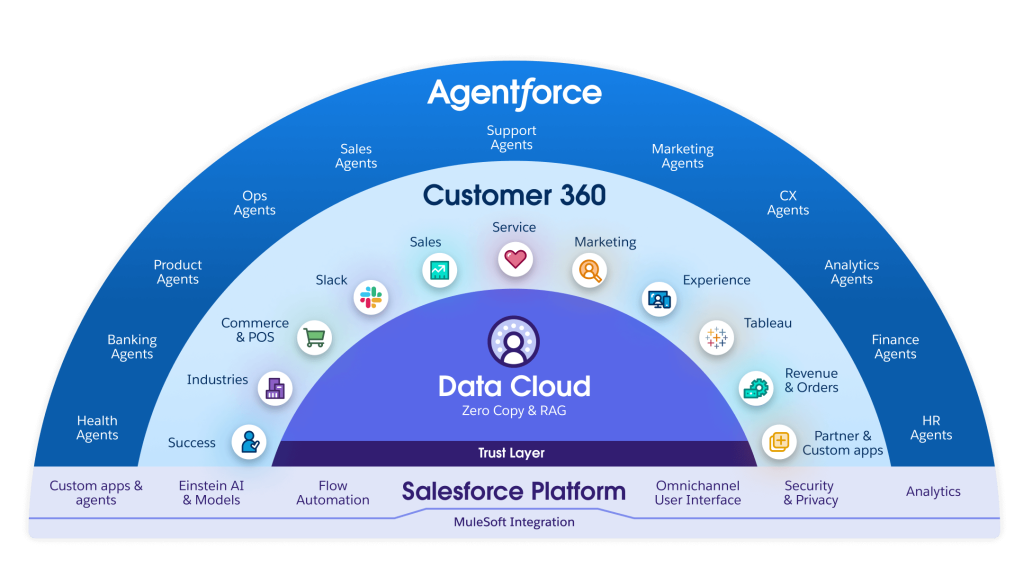
Try it: Here .
Step 2: Segment customers and identify patterns
Once data is collected, analyze it to identify trends and similarities among customers. Segmentation helps you target and personalize effectively.
Common segmentation methods include:
- Demographic-based: age, location, income, or job title
- Behavior-based: high-value customers, repeat buyers, or inactive users
- Psychographic-based: interests, values, and lifestyle
- Pain point-based: common challenges or unmet needs
Google Analytics 4 (GA4) helps segment customers and identify patterns by tracking user behavior across websites and apps, analyzing demographics, engagement, and conversion data, and uncovering trends that inform targeted marketing and personalized experiences.
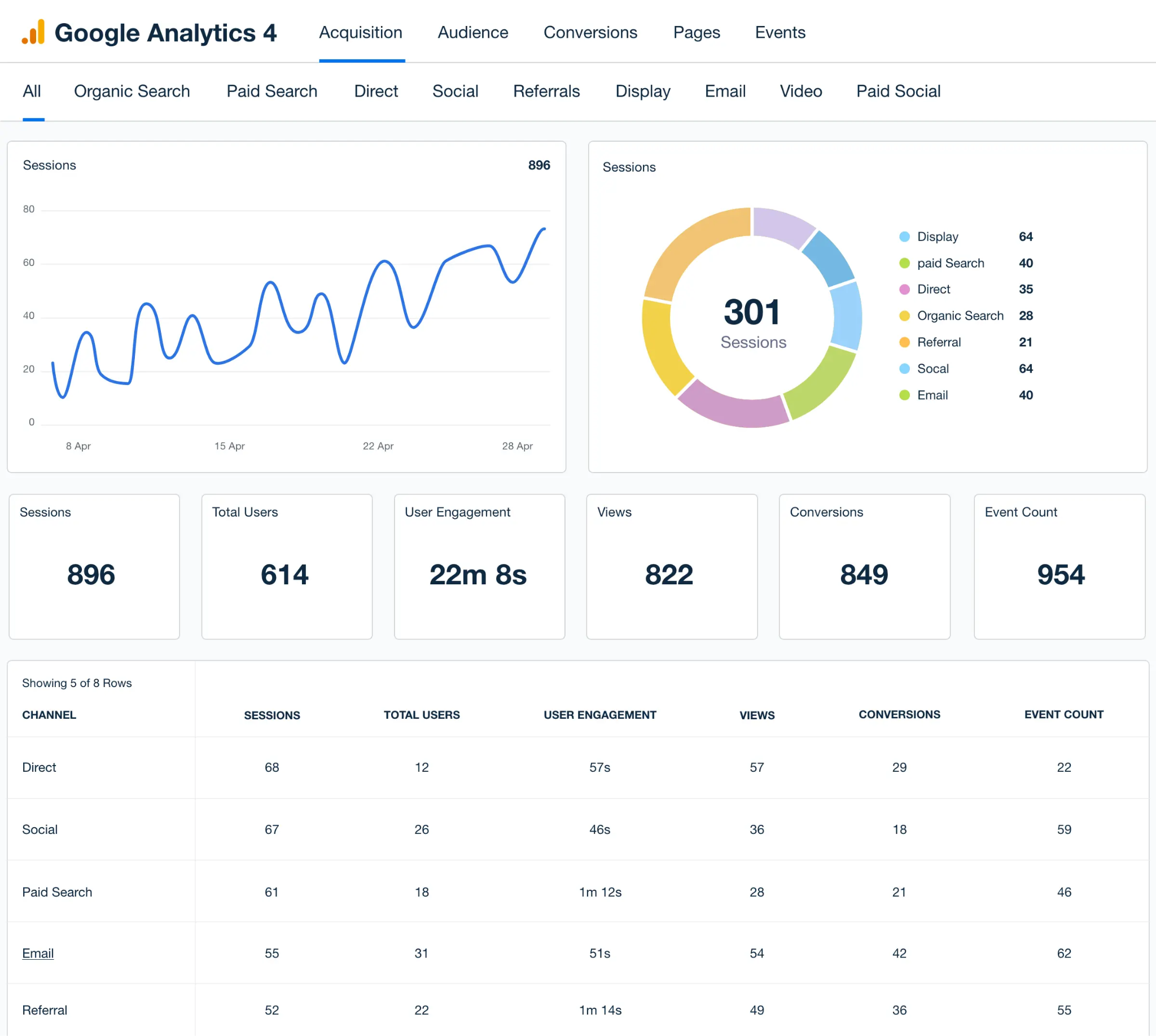
Try it: Here .
Step 3: Map the customer journey
Understanding how customers interact with your brand is critical. Map every stage of the journey: awareness, consideration, purchase, and post-purchase. Identify key touchpoints, including website visits, email opens, social media interactions, customer service contacts, and repeat purchases. This step reveals where customers may struggle, drop off, or have unmet needs. It also provides context for personalization, ensuring every interaction feels thoughtful and relevant.
Step 4: Analyze feedback and identify pain points
Customer feedback is one of the richest sources for profile management. Collect both quantitative (surveys, NPS scores, usage metrics) and qualitative (reviews, focus groups, support tickets) data.
- Identify recurring complaints or issues
- Pinpoint unmet needs and friction points in the customer experience
- Discover patterns that can inform product development, service improvements, and marketing campaigns
Yotpo helps analyze feedback and identify pain points by aggregating customer reviews, ratings, and comments across platforms, revealing common issues, product preferences, and areas for improvement.

Try it: Here .
Step 5: Integrate data into the right technology
Centralizing customer data is critical for effective profile management. Use a CRM or Customer Data Platform (CDP) to unify customer information. Key benefits include:
- Single source of truth for all teams
- Easy updates and maintenance of profiles
- Segmentation and automation capabilities
- Tools for personalized marketing, service, and reporting
Pro tip: Look for platforms with pre-built templates for customer profiles to accelerate implementation. Regularly update profiles to reflect behavior changes, lifecycle stage shifts, or new feedback.
Twilio helps integrate customer data into the right technology by connecting communications across SMS, email, voice, and chat channels, centralizing interactions to create a unified and actionable customer profile.
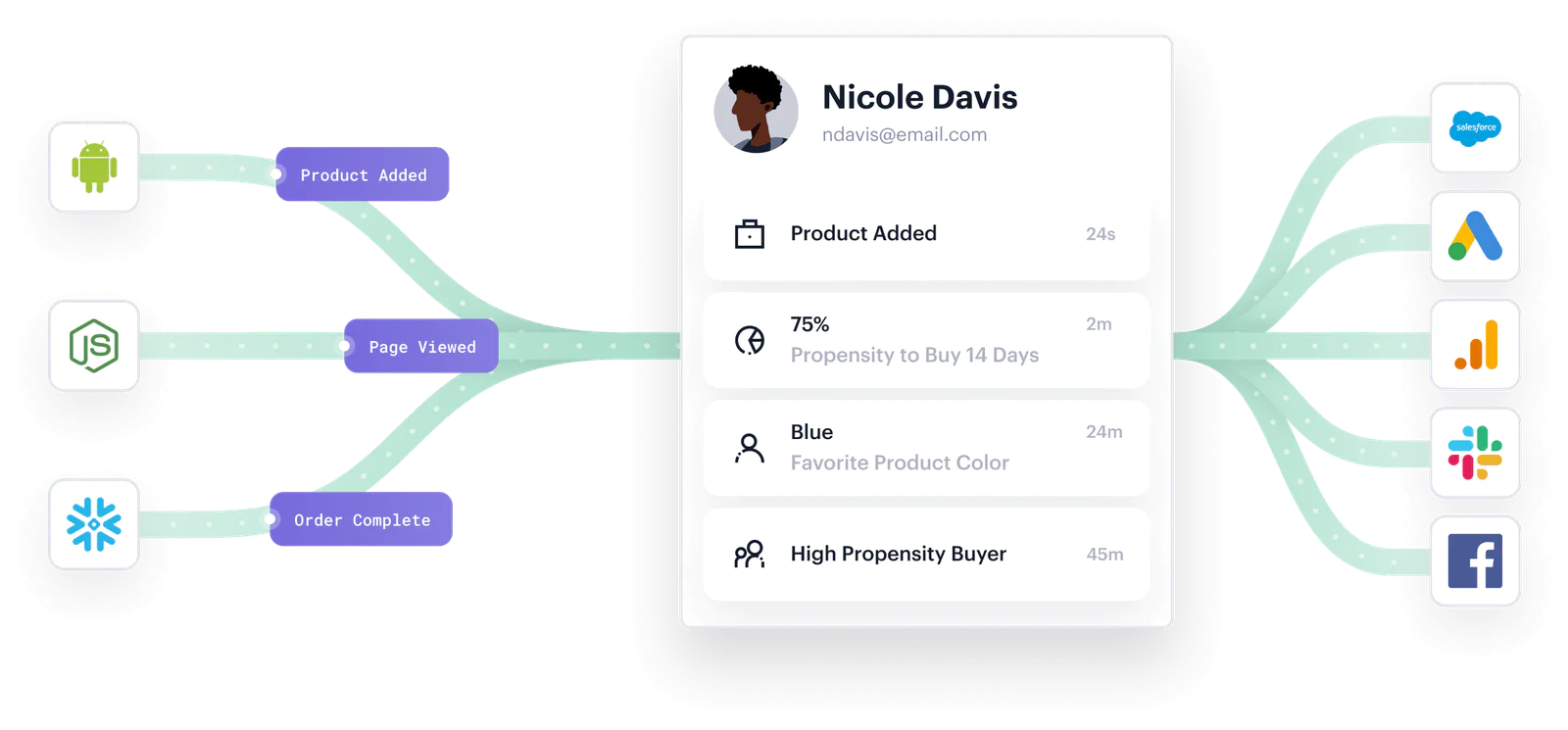
Try it: Here .
Step 6: Personalize experiences using insights
With complete profiles in place, begin using insights to deliver tailored experiences
- Marketing: Personalized emails, product recommendations, or promotions
- Customer service: Proactive solutions based on past issues
- Website experiences: Custom content and dynamic offers
- Sales: Account-based strategies for high-value customers (B2B)
Personalization increases engagement, conversion rates, and loyalty. Customers feel understood, creating stronger emotional connections with your brand.
SearchPie: SEO, Speed & Schema can support by complementing personalization efforts! Its insights on SEO and content performance can help guide marketing strategies, improve content relevance, and indirectly enhance customer engagement.
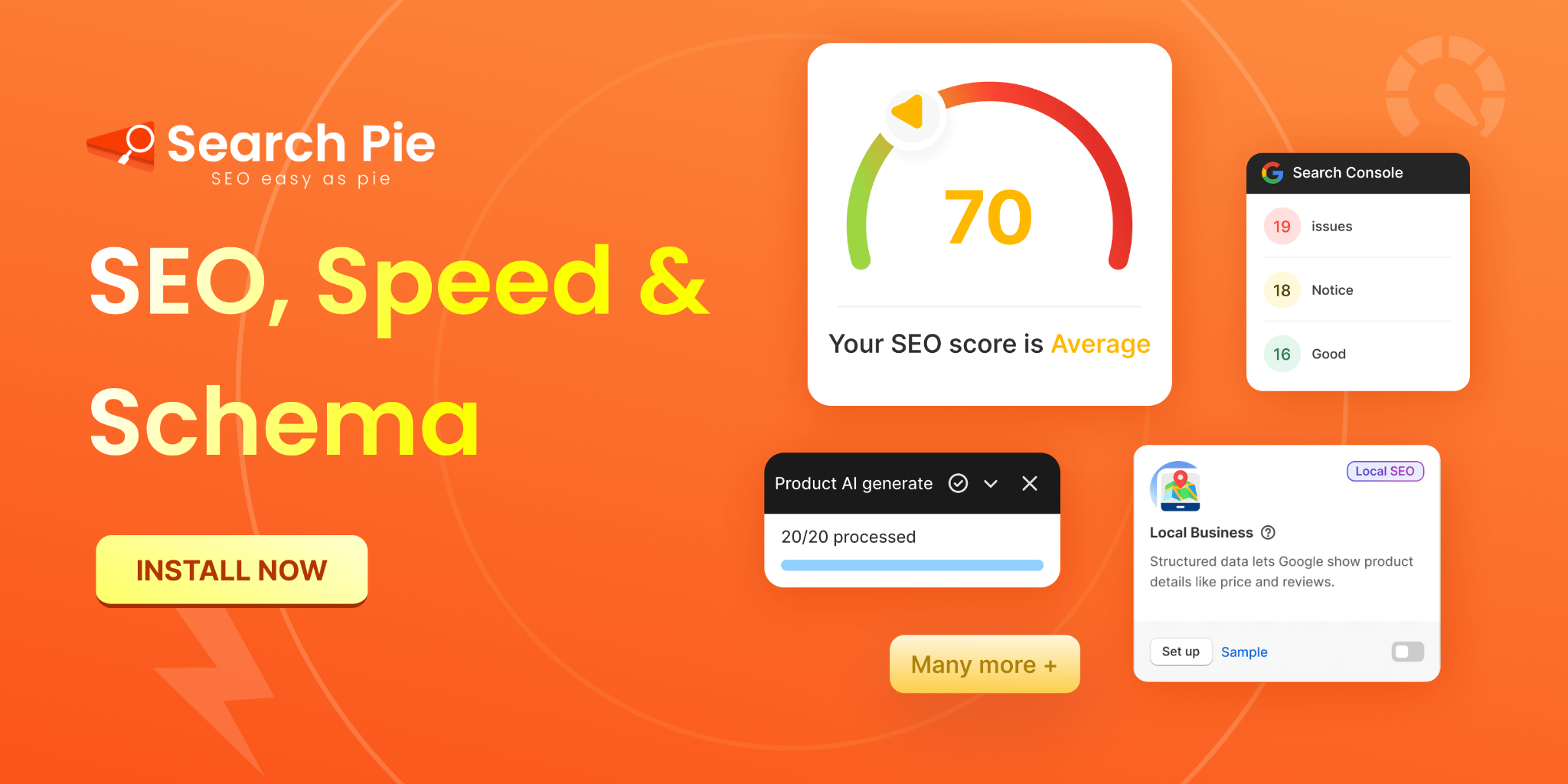
Step 7: Continuously monitor, test, and refine
Customer profile management is an ongoing process. Monitor behavior, test campaigns, and refine profiles regularly.
Actions to take:
- Track engagement and conversion metrics to validate assumptions
- Update profiles when new interactions occur
- Refine segments and personalization based on changing behavior.
- Use insights to guide product development, pricing, and strategy
Step 8: Ensure data privacy and compliance
Effective customer profile management must respect privacy and comply with regulations such as GDPR or CCPA. Collect only necessary data, secure it properly, and be transparent about its use. Trust strengthens relationships and ensures long-term loyalty.
Final Thought
Maximizing customer profile management is more than just collecting names or contact info. It means understanding each customer’s journey and experiences. By listening closely, tracking behavior, analyzing preferences, and acting with care, businesses can create tailored experiences that build loyalty, improve service, and deliver real results. Done well, this approach makes customer profile management the key to better decisions, stronger connections, and lasting growth. Gathering additional insights from Pielab team can further support your business success.

